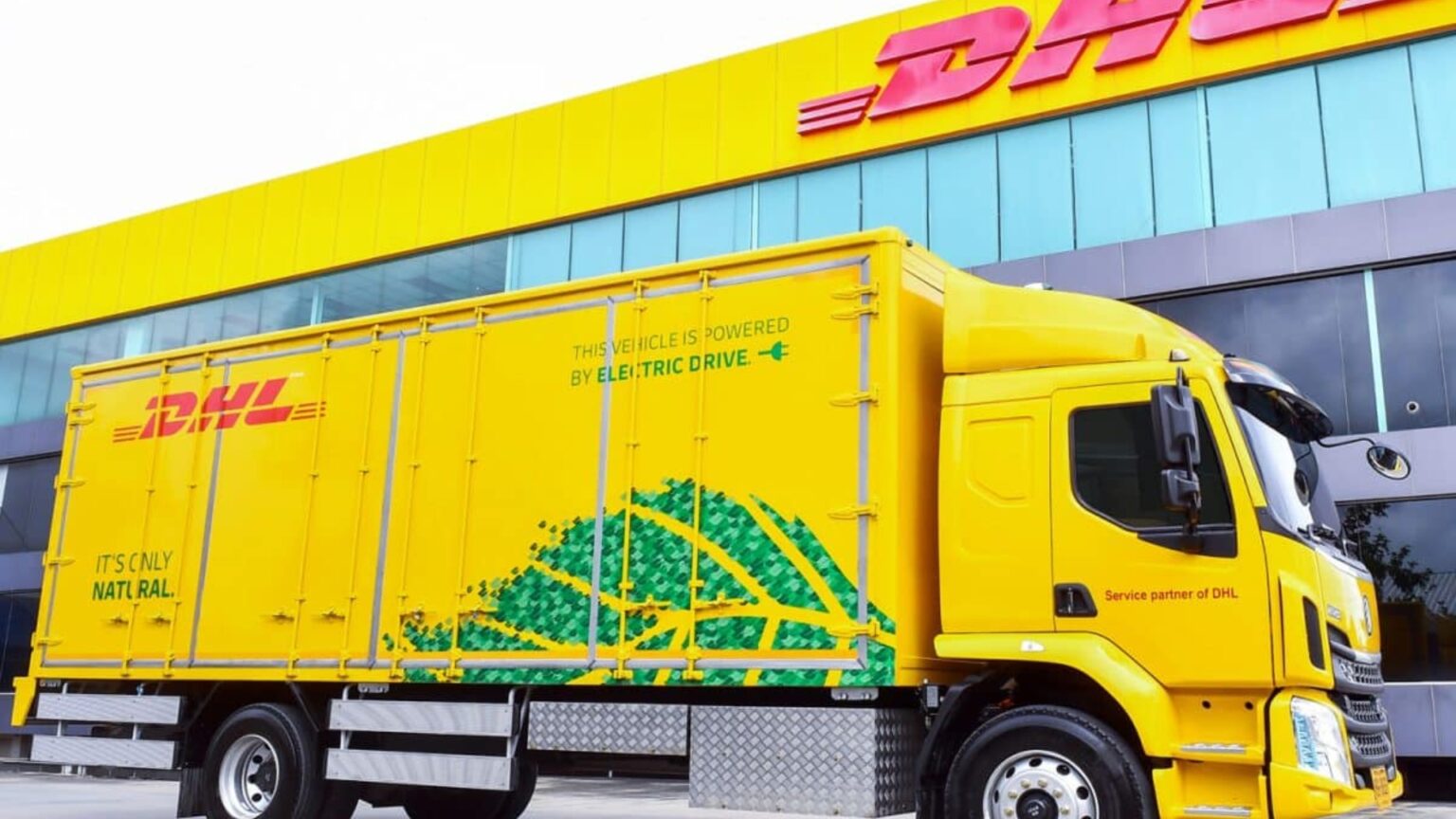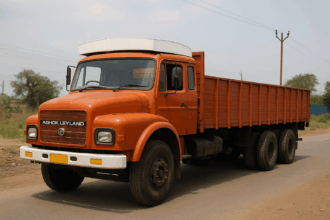Road freight is emerging as a cornerstone for strengthening Southeast Asia’s supply chain resilience. As businesses across the region face increased demand for flexibility and efficiency, the role of road freight in ensuring agile and sustainable logistics has become more significant than ever. Enhanced multimodal connectivity, digital advancements, and sustainable practices are shaping a promising future for logistics in countries like Thailand, Malaysia, Vietnam, and Singapore.
The Rising Role of Road Freight in Southeast Asia’s Supply Chain
Road freight now plays a central role in Southeast Asia’s logistics landscape, driven by the need for adaptable and efficient solutions. As global supply chains encounter rising disruptions, road freight offers a reliable alternative to traditional shipping methods, helping businesses stay responsive to fluctuating demand. Road connectivity complements other modes of transport, including air and ocean freight, to ensure goods reach their destinations smoothly.
How Multimodal Connectivity Enhances Supply Chain Resilience
Improved multimodal connectivity has bolstered supply chain resilience in Southeast Asia. Countries such as Vietnam, Thailand, Malaysia, and Singapore now benefit from enhanced networks that integrate road, air, and ocean freight. These multimodal solutions provide businesses with the flexibility they need to manage complex supply chains. Through seamless connections across transportation modes, companies can streamline logistics processes and reduce transit times, improving overall supply chain efficiency.
Digital Advancements Transforming Road Freight Operations
Digitalisation is playing a pivotal role in advancing road freight across Southeast Asia. Real-time tracking, powered by cellular networks, allows companies to monitor their shipments closely and make data-driven decisions. Predictive analytics further empowers businesses to anticipate potential disruptions and adjust their routes accordingly. These technological upgrades not only increase transparency but also improve the reliability of road freight services, creating a resilient logistics network for the region.
Sustainability in Road Freight for a Greener Future
Southeast Asia is making notable strides toward greener logistics by adopting sustainable practices in road freight. DHL, for example, has introduced a fleet of electric vehicles (EVs) in Thailand, an initiative expected to eliminate 85,000 kg of CO2 annually. Such measures reflect the region’s commitment to reducing carbon emissions through green freight policies, alternative fuels, and eco-friendly vehicle options. As governments and private organizations collaborate to improve environmental standards, road freight remains essential to balancing resilience and sustainability in Southeast Asia’s supply chain.
Infrastructure Investments Boost Cross-Border Trade Efficiency
Infrastructure improvements are crucial for supporting road freight’s role in Southeast Asia’s supply chain resilience. Investments in projects like Thailand’s DHL International Multimodal Hub enhance cross-border logistics by streamlining operations and reducing delays. These hubs provide centralized points for goods to transit across borders with minimal hold-ups, allowing businesses to manage their inventory more effectively. Enhanced infrastructure thus strengthens the resilience of supply chains by making cross-border trade smoother and faster.
The Future of Road Freight in Southeast Asia
With continued investments in technology, infrastructure, and sustainability, road freight is set to remain a vital component of Southeast Asia’s logistics sector. The collaboration between governments and private entities in advancing road freight capabilities indicates a bright future for the region. By focusing on resilient and eco-friendly logistics solutions, Southeast Asia is well-positioned to thrive in a competitive global market.
Conclusion
In summary, road freight is key to building a resilient, sustainable supply chain in Southeast Asia. Through improved multimodal connectivity, digital transformation, and eco-friendly practices, road freight is creating a logistics network that can adapt to changing demands. As businesses and governments invest in the future of road freight, Southeast Asia’s supply chain resilience will continue to strengthen, supporting global trade with efficiency and reliability.







